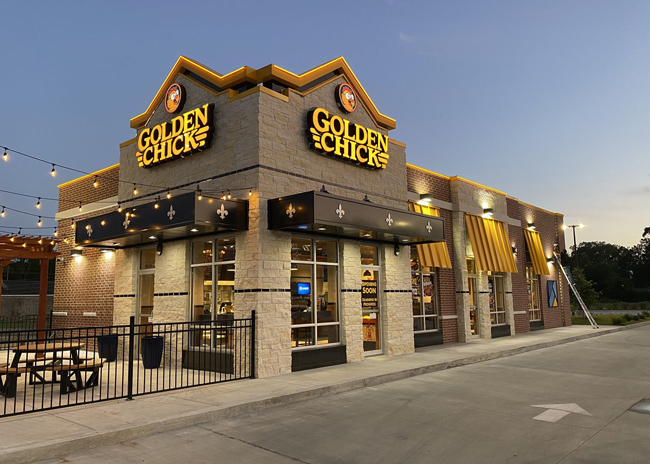How do I coordinate remodels or refreshes with lease requirements?
We’re often asked about remodeling strategies and when is the “right” time to refresh a restaurant. Most leases have defined requirements around refreshes and renovations. So, the best time may often depend on your specific lease requirements and terms. Many industry insiders have seen and have noted the accelerated pace of change in recent years. The lifespan of a design concept has been shortened from 10 years down to only five to seven. This is due to the rapid shifts in customer behavior and expectations that are requiring operators to update sooner rather than later. Therefore, be deliberate with your scheduled repair and maintenance. Here are three recommendations for restaurant operators looking to go through a remodel or renovation.
- Know your lease terms and understand your design lifecycle. Whether you need to make changes every five, seven or 10 years, you should be looking at your facilities as made up of two distinct parts: items that are infrastructure and items that create the look and feel (fixtures, furniture and finishes). This is important because if you have a 10-year lease with a five-year option (typical lease terms), and you’re required to refresh every 5 years, then you should design your infrastructure items to last 15 years. Meanwhile, plan to update your look and feel items every five years. This can be a very cost-effective means of keeping current with consumer trends without having to perform a major remodel too often.
- Schedule and budget accordingly. In order to do this, operators need to have two different budget schedules: one for fixtures, furniture and finishes and another for infrastructural changes that may require longer periods of down time. Be deliberate with your repair and maintenance plan and go into it with the understanding that the fixtures, furniture and finishes may have a lifespan of five-to-seven years. These items need to look great but don’t need to last forever. The infrastructure items, on the other hand, should be designed with greater longevity in mind.
- Re-evaluate your real estate. Don’t be afraid to move. If you’re in a space for 15 years, the context of why you chose that location could very well have changed. In a lot of cases, it’s cheaper in the long run to go to the next corner or to a more active site within your given trade area and close the old location. The beauty of this strategy is the limited down time, and you will often receive greater incentives to build as a new tenant. If you didn’t design your infrastructure items to last longer than 15 to 20 years, you may end up spending less capital to build a new restaurant than you would to renovate your existing space. Or, in some cases, you might be better off doing a scrape and rebuild on the same site. Therefore, re-evaluate your real estate. After 15 years, you have to determine if you’ve become a cultural icon in your neighborhood or if you’ve just become outdated. So: know when to walk away.
Related articles:
- Surprise! Project Budget Busters: Asking the Right Questions Can Keep Them at Bay
- Webcast: Renovation Best Practices
- How to: Determine the Right Remodel Timeline
Steve Starr, president of starrdesign in Charlotte, N.C., is a nationally recognized leader in restaurant and retail design. While his insight and expertise span the hospitality industry, his focus is on branding, consumer behavior and the development process.
Do you have a problem and would you like three solutions?



